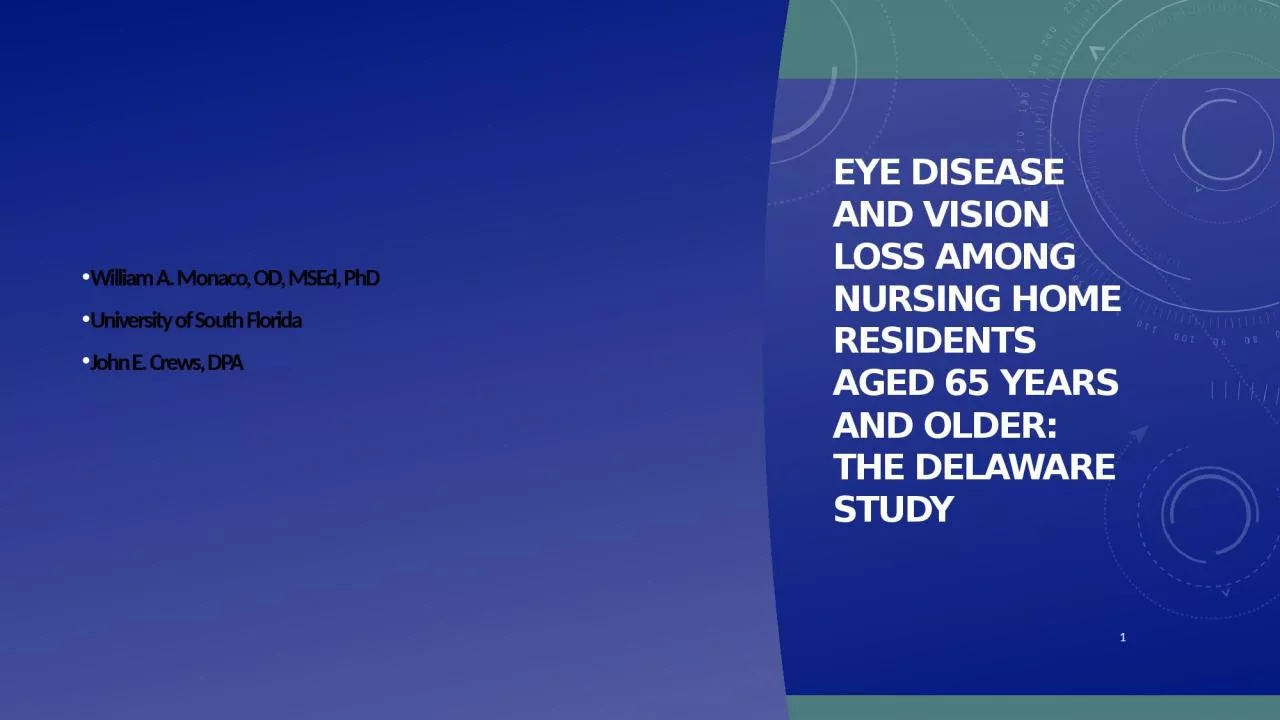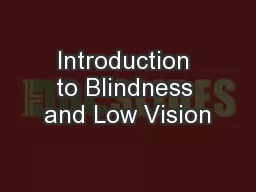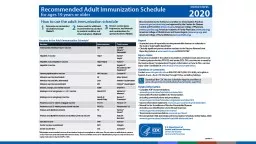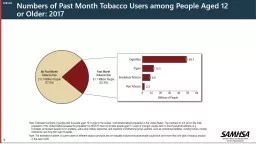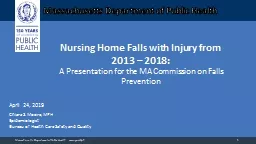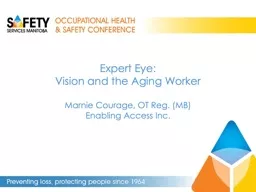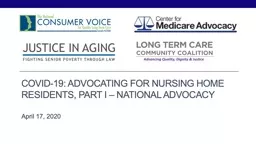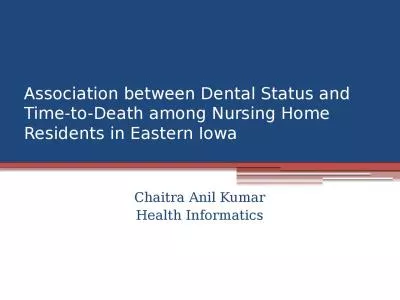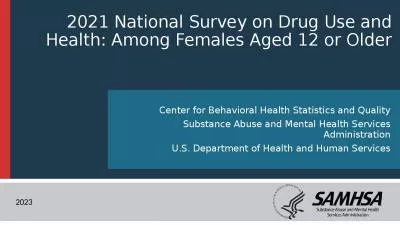PPT-Eye Disease and Vision Loss Among Nursing Home Residents Aged 65 Years and Older: The
Author : skylar | Published Date : 2022-06-11
William A Monaco OD MSEd PhD University of South Florida John E Crews DPA 1 Chronology of the Problem and How I Became Interested Origin serendipitously in the year
Presentation Embed Code
Download Presentation
Download Presentation The PPT/PDF document "Eye Disease and Vision Loss Among Nursin..." is the property of its rightful owner. Permission is granted to download and print the materials on this website for personal, non-commercial use only, and to display it on your personal computer provided you do not modify the materials and that you retain all copyright notices contained in the materials. By downloading content from our website, you accept the terms of this agreement.
Eye Disease and Vision Loss Among Nursing Home Residents Aged 65 Years and Older: The: Transcript
Download Rules Of Document
"Eye Disease and Vision Loss Among Nursing Home Residents Aged 65 Years and Older: The"The content belongs to its owner. You may download and print it for personal use, without modification, and keep all copyright notices. By downloading, you agree to these terms.
Related Documents

